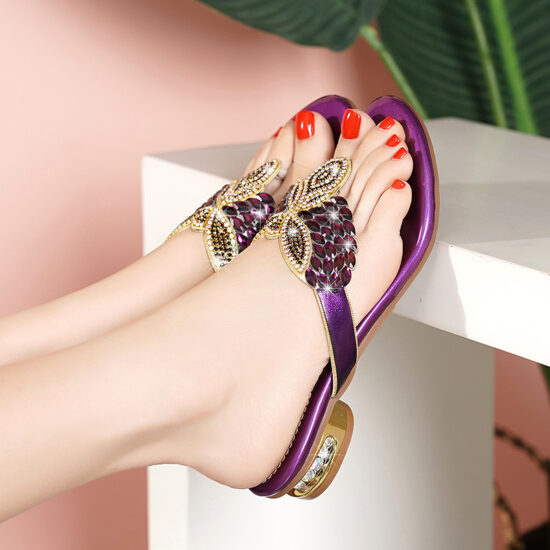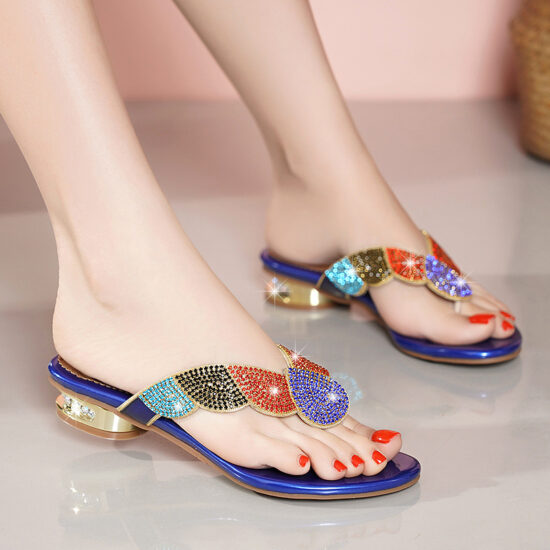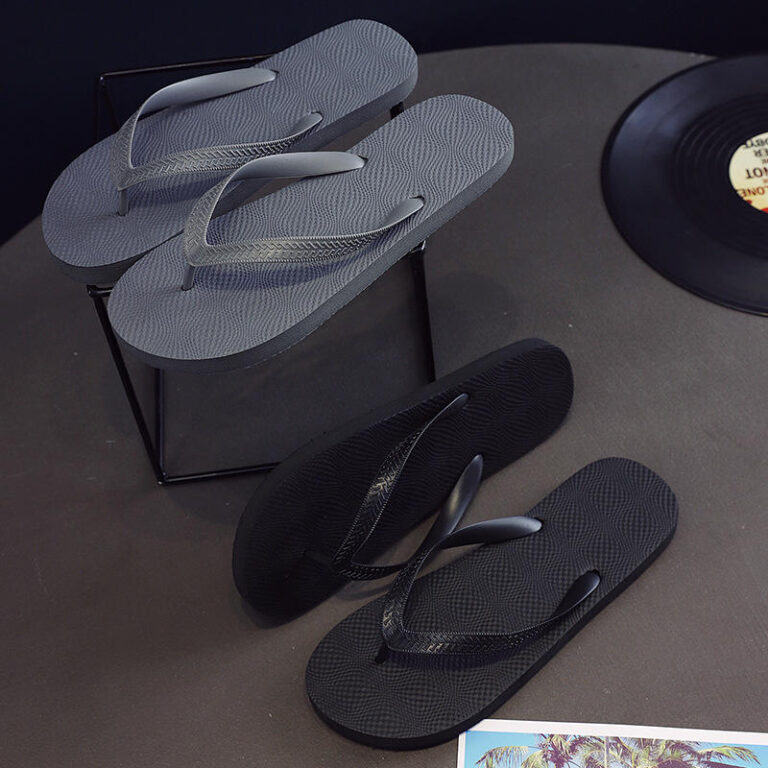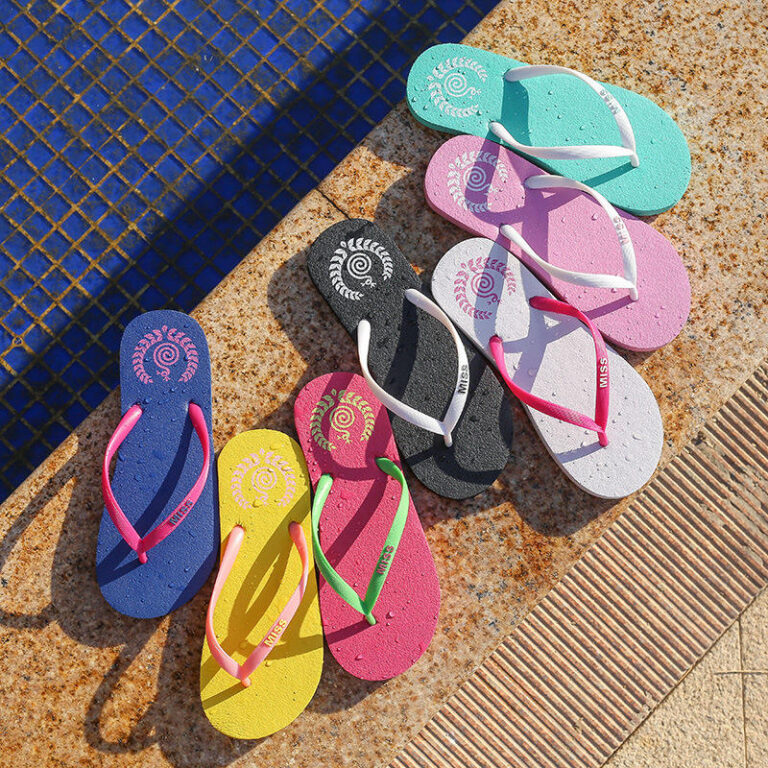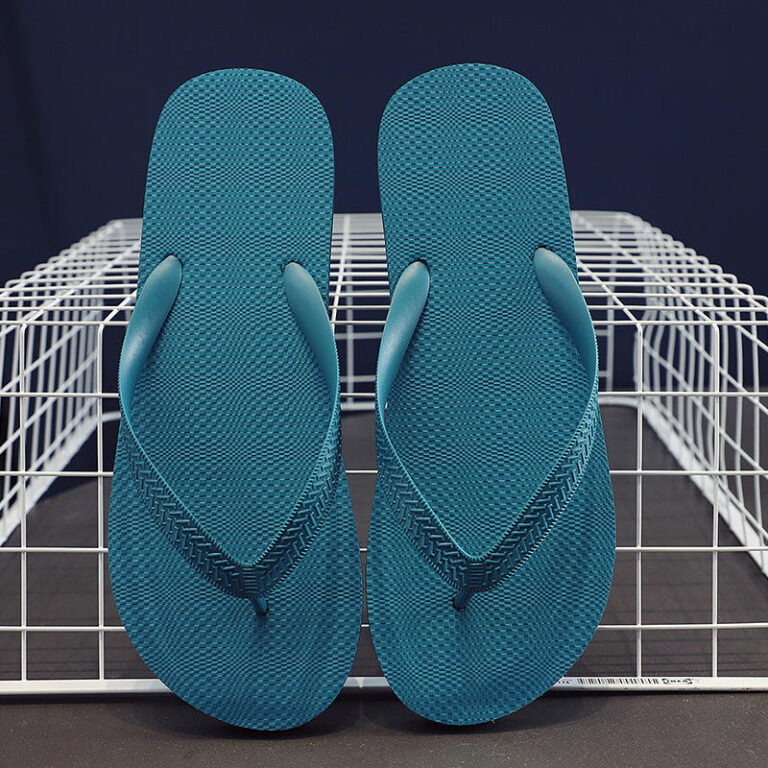jay@nbdho.com
The Environmental Impact of Flip Flops: How to Choose Sustainable Options
Introduction:
Flip flops are a popular and practical footwear choice, but like many mass-produced consumer products, they can have an environmental impact. The materials used to make flip flops, their manufacturing process, and their disposal all contribute to pollution and waste. Fortunately, with growing awareness about sustainability, more eco-friendly flip flop options are available. In this blog, we’ll explore the environmental impact of flip flops and how you can make a more sustainable choice when shopping for your next pair.
1. Materials Matter: Choosing Eco-Friendly Flip Flops
The primary materials used in traditional flip flops include rubber, plastic, and synthetic materials, all of which are derived from non-renewable resources. These materials are often not biodegradable, meaning they can sit in landfills for hundreds of years.
-
Natural Rubber: One of the most eco-friendly materials used in flip flops is natural rubber. Unlike synthetic rubber, natural rubber comes from rubber trees, a renewable resource. It’s biodegradable and can decompose over time, making it a more sustainable choice.
-
Recycled Materials: Many companies are now using recycled materials to produce flip flops. For example, some flip flops are made from recycled plastic bottles, ocean plastics, or discarded rubber. By purchasing flip flops made from recycled materials, you’re helping reduce waste and give these materials a second life.
-
Biodegradable Materials: Look for flip flops made from biodegradable materials like cork, jute, or hemp. These materials break down naturally over time and don’t contribute to long-lasting waste in landfills.
2. Eco-Friendly Manufacturing Processes
The environmental impact of flip flops is not just about the materials used, but also how they’re manufactured. Traditional manufacturing processes often involve harmful chemicals, excessive water usage, and energy consumption.
-
Low-Impact Manufacturing: Brands focused on sustainability use low-impact manufacturing processes that reduce pollution and waste. They may use natural dyes, non-toxic adhesives, and energy-efficient machinery. Some brands even operate in facilities powered by renewable energy sources like solar or wind power.
-
Water Conservation: The process of making flip flops often involves large amounts of water, particularly in the dyeing and washing stages. Sustainable brands prioritize water conservation by using water-efficient techniques and recycling water during production.
3. Sustainable Packaging
In addition to the flip flops themselves, the packaging used to ship and display them also contributes to environmental waste. Many flip flops are packaged in plastic bags or boxes, which end up in landfills or contribute to plastic pollution.
-
Minimal Packaging: Look for flip flops that are packaged with minimal materials. Eco-friendly brands often use recycled cardboard boxes or compostable materials instead of plastic.
-
Reusable Packaging: Some sustainable brands use packaging that can be reused, such as fabric pouches or reusable totes. This helps reduce waste and gives consumers a more eco-conscious way to carry their new flip flops.
4. Longevity and Durability: A Sustainable Choice
While it’s important to choose environmentally friendly materials, the longevity and durability of your flip flops also play a significant role in reducing their environmental impact.
-
High-Quality Materials: Flip flops made from high-quality materials are less likely to break or wear down quickly. Look for brands known for producing durable, long-lasting flip flops that can withstand regular wear and tear.
-
Repairable Flip Flops: Some brands offer repairable flip flops. Instead of throwing them away when they get damaged, you can replace parts like straps or soles, extending the lifespan of your footwear and reducing waste.
5. Supporting Ethical Brands
One of the best ways to ensure that your flip flops are eco-friendly is by supporting brands that prioritize sustainability and ethical practices.
-
Fair Trade Certifications: Look for flip flop brands that have fair trade certifications, which ensure that workers are paid fair wages and work in safe conditions. Sustainable brands often go hand in hand with ethical manufacturing practices.
-
Transparency: Brands committed to sustainability often provide transparency in their sourcing, materials, and manufacturing processes. They share information about how their products are made and the steps they take to minimize their environmental footprint.
Conclusion:
Flip flops are a staple in many wardrobes, but their environmental impact can’t be overlooked. By choosing eco-friendly materials, supporting sustainable manufacturing processes, and opting for long-lasting, repairable flip flops, you can reduce your environmental footprint. Sustainable flip flop brands are becoming more accessible, so it’s easier than ever to make a conscious choice that benefits both your feet and the planet.
